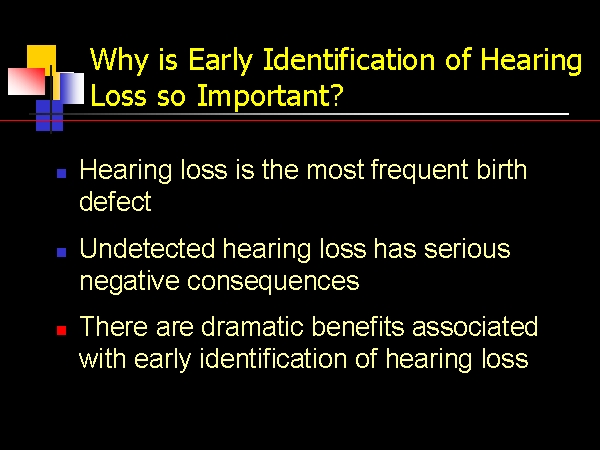Authored by Dr. Girish Anand M S, Consultant – ENT Surgery, Aster CMI Hospital, Bangalore
We are all plugged in all the time, pushing our senses to the limit, in an effort to survive in a demanding, stressful, and ever-changing world. Perhaps the most important of our sensory capabilities, listening helps orient us to the environment and serves as a means of communication between. Listening happens at home, during the commute, and at the workplace for recreational or occupational reasons.
Occupational and Recreational Hearing Loss
In occupations such as gardening or carpentry, individuals are exposed to sounds around 85 dB. Exposure of a mere two hours to such volume without protection for one’s ears can cause hearing damage. Recreational listening is believed to be safe. But personal listening devices are tuned to reach volumes of 105 to 110 dB. What’s concerning is that it takes as little as five minutes at such a volume to suffer hearing damage.
Impacts of Hearing Loss
According to the CDC, more than 360 million people are today living with hearing loss. In adults, waiting too long to address hearing loss can detrimentally affect the HRQoL (Health-related quality of life) of individuals and their families. Hearing loss is often associated with feeling isolated, increased depression and anxiety, and lessened self-efficacy. In the elderly, it is also linked to increased cognitive decline and with global brain atrophy, particularly in the temporal lobe.

But where hearing loss has still more severe outcomes is in children. Children who suffer from hearing loss from birth or in their early years suffer from speech, language and behavioral problems. Their academic performance is also affected. The cost of not addressing hearing loss globally is high. The good news: Early diagnosis and intervention for slight-to-mild hearing loss can help arrest these patterns and restore hearing in adults and children.
Intervention for Hearing Loss
The type of intervention depends on the underlying cause of the hearing loss. If the cause is earwax, then its removal may restore the hearing to normal. To do so, a doctor may use a suction tube, dissolve the wax using a liquid, or use an instrument. In the case of an ear infection, the suggested course of action may be surgery. If there is irreversible hearing loss, especially from damage to the inner ear, then the doctor resorts to the use of hearing aids and cochlear implants.
There are both over-the-counter (OTC) and prescription-style hearing aids. OTC hearing aids can be bought directly from medical stores without consulting an audiologist or a doctor. These are suitable for mild hearing loss. For moderate to severe hearing loss, prescription-style hearing aids are available, which are pre-programmed for the degree of hearing loss a person has. Hearing aids also come in various styles such as behind-the-ear, in-the-ear and canal. The style of hearing aid is picked by the ENT specialist after taking into account the occupation, extent of hearing , and age of the patient.
This year educate yourself and develop your career with EasyShiksha






































































